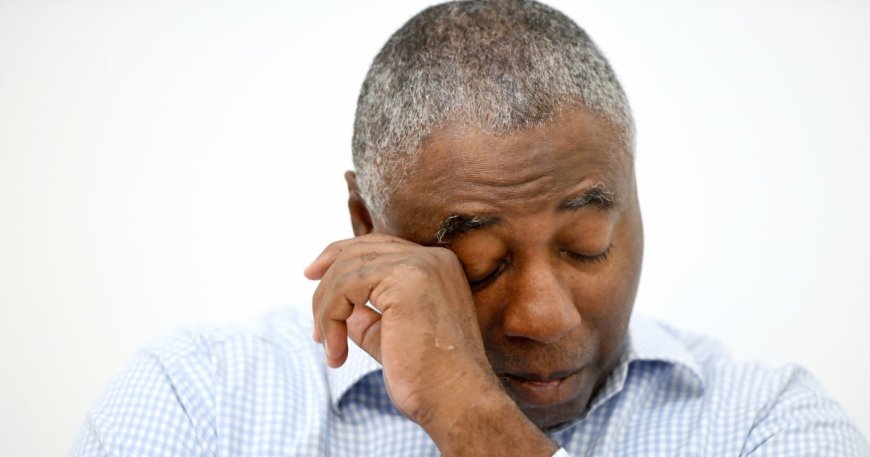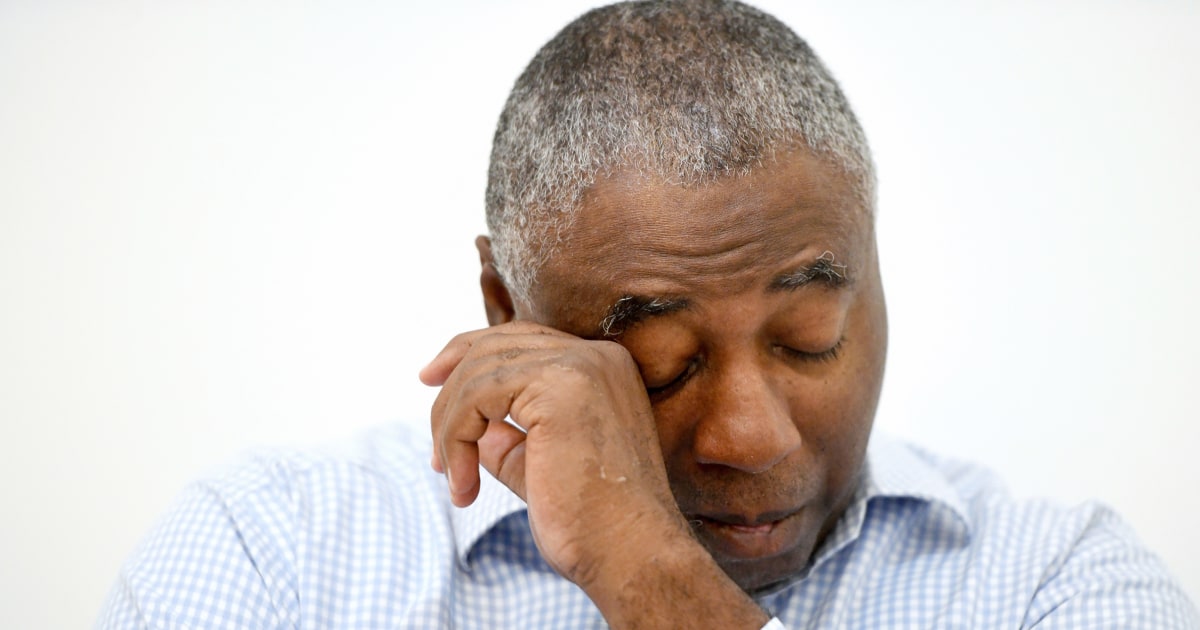Black survivors are nearly invisible in the U.S. Catholic clergy sexual abuse crisis
Black survivors are nearly invisible in the U.S. Catholic clergy sexual abuse crisis NBC News

Survivors of Clergy Abuse in Black Catholic Communities Often Overlooked

As Charles Richardson gradually lost his eyesight to complications from diabetes, certain childhood memories haunted him even more.
Introduction
Charles Richardson, a survivor of clergy abuse, shares his story of being sexually assaulted by a Catholic priest during his childhood. This article highlights the underreporting of clergy abuse cases among African Americans and the lack of attention given to the impact on communities of color. It also discusses the racial disparities within the Catholic Church and the need for greater awareness and support for survivors. The Sustainable Development Goals (SDGs) are emphasized throughout the article to promote justice, equality, and inclusivity.
Background
Richardson, a Black middle schooler from northwest Baltimore, spent time with a charismatic white cleric, Rev. Henry Zerhusen, who sexually assaulted him for over a year. The Catholic Church generally does not publicly track the race or ethnicity of clergy abuse victims, making it difficult to understand the full scope of the issue within communities of color. The article emphasizes the need to address the neglect and marginalization experienced by persons of color in the Catholic Church.
Impact on Black Catholic Communities
The Maryland Attorney General’s Office released a scathing report on child sex abuse within the Archdiocese of Baltimore, documenting over 600 abuse cases. An analysis reveals that at least 70% of parishes with significant Black populations had priests accused of sexual abuse. This includes St. Francis Xavier, one of the nation’s oldest Black Catholic churches, where four abusive priests served. The article highlights the long history of racial disparities within the Catholic Church and the impact on Black communities.
Survivors’ Experiences
Richardson, who kept the abuse a secret for most of his life, dropped out of high school and faced challenges in his personal and professional life. The stigma surrounding sexual abuse, particularly among Black men, contributed to his struggles. Other survivors, such as Maurice Blackwell and Angelique Webster, also share their experiences of abuse and the difficulties they faced in seeking justice. The article emphasizes the long-lasting impact of abuse on survivors’ mental health and well-being.
Addressing Racial Disparities
The article highlights the archdiocese’s failure to address racial disparities and its history of treating African Americans as second-class citizens. Efforts to combat racism within the Catholic Church have been insufficient, despite recommendations from working groups and community leaders. The article calls for greater accountability and support for survivors within Black Catholic communities.
Legal Proceedings and Settlements
The article discusses the repeal of the statute of limitations for child sexual abuse victims in Maryland, allowing survivors like Richardson and Carter to pursue legal action. However, recent bankruptcy proceedings by the archdiocese may result in smaller settlements for survivors. The need for the Catholic Church to take responsibility and provide adequate support to survivors is emphasized.
Conclusion
Richardson finds solace in sharing his story with his daughter and hopes for a brighter future where survivors are heard and supported. The article emphasizes the importance of addressing clergy abuse within Black Catholic communities, promoting justice, healing, and inclusivity. It calls for a comprehensive approach to achieve the Sustainable Development Goals, particularly Goal 5 (Gender Equality), Goal 10 (Reduced Inequalities), and Goal 16 (Peace, Justice, and Strong Institutions).

Join us, as fellow seekers of change, on a transformative journey at https://sdgtalks.ai/welcome, where you can become a member and actively contribute to shaping a brighter future.







